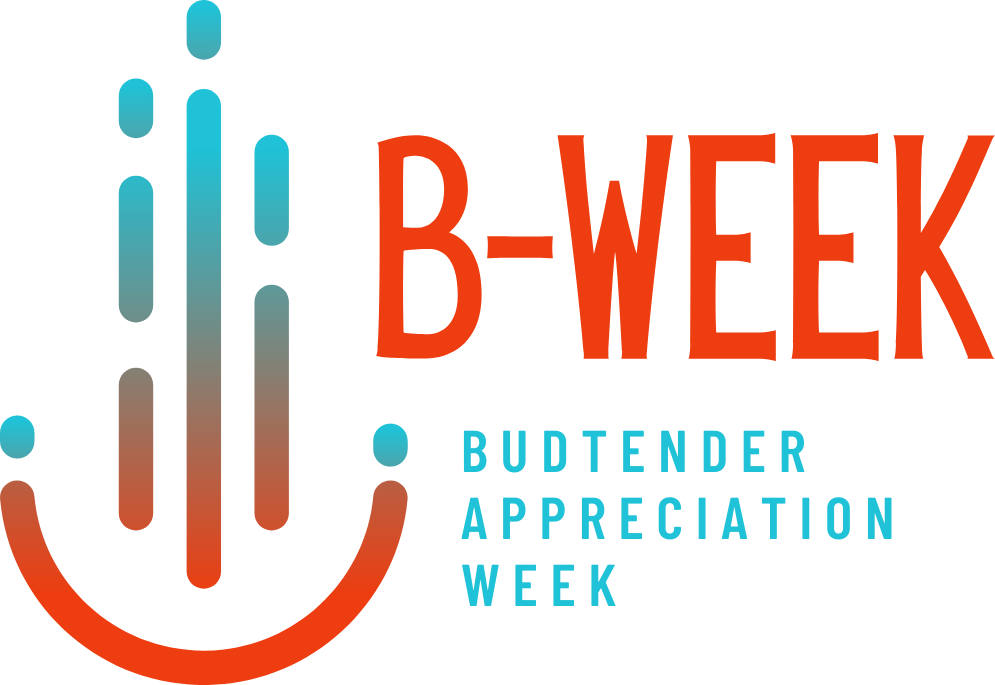Marijuana is among the earliest crops cultivated by humanity, with ancient societies across the globe growing the plant for various purposes, including medicine, fiber and food as well as its hallucinogenic properties.
In the present day, approximately 12,000 years since marijuana’s first cultivation, the global marijuana industry has reached an estimated value of $65 billion. In regions where cannabis is legalized, consumers now have access to an extensive selection of more than 700 different strains, each with unique and often creative names, such as Unicorn Poop and Cat Piss.
Despite the wide range of options available, marijuana products are typically divided into two groups: sativa and indica, with each thought to have different psychotropic effects.
“There’s a common belief that smoking an indica strain is similar to using Xanax, leading to drowsiness, while consuming sativa is akin to a stimulating experience, almost like taking a hit of cocaine, resulting in increased energy and hyperactivity,” explains Binske cofounder and CEO, Alex Pasternack.
However, a growing body of scientific evidence indicates that these names may not imply as much as previously believed. There may not be many genetic or chemical distinctions between the two, suggesting that users may not get the desired results.
French scientist Jean-Baptiste Lamarck is credited with coining the words indica and sativa in the late 1700s when he proposed classifying marijuana plants according to their physical traits. He noted that sativas were longer with fibrous stems and narrow, thin leaves, whereas indicas were shorter with woody stems and broad, stubby leaves.
However, neuroscientist Nick Jikomes, who was once Leafly’s director of science and innovation, states that a plant’s outward look is not always a good sign of its effects on the mind and body. He says that a drug’s chemical makeup determines how it affects you.
And unlike wineries, cheesemakers or apple producers, cannabis farmers are not constrained by rigid naming conventions. According to Jikomes, anyone may take any random cannabis seed and call it whatever they wish. They can also classify it as indica, sativa, hybrid or anything else they want.
This helps to explain why Jikomes discovered that product labels frequently misrepresented the chemical makeup of the marijuana flowers it tested in a 2022 study that examined the chemical composition of more than 90,000 commercial marijuana flower samples from six states in the country. The study found that sativas did not consistently contain higher levels of THC, the primary compound responsible for the marijuana high, compared to indica strains.
These findings are consistent with a study conducted in 2021, which examined around 300 marijuana strains. The lead author of the study, Sean Myles, stated that there isn’t any credible scientific data indicating a difference between samples classified as indica or sativa.
The widespread cross-breeding that has taken place throughout time is partially to blame for the confusion. Myles noted that although the original indica plant, which originated in the Middle East, may have been chemically and genetically different from its sativa counterpart from central Asia, the differences are now too hazy to be distinguished with clarity.
Researchers recommend categorizing marijuana according to its chemical properties rather than its physical characteristics for increased accuracy. Cannabis products would be labeled by their primary chemical constituents and their concentrations, much like the Nutrition Facts label on food. Ingredients would be the biologically active compounds produced by the plants, such as terpenes and cannabinoids.
While a labeling system based on the chemical composition of a strain may be perfect for established marijuana markets, Pasternack acknowledges that most consumers today are not seeking scientifically accurate or more detailed labels. They generally look for the best value for their money, he says.
Industry actors such as Green Thumb Industries Inc. (CSE: GTII) (OTCQX: GTBIF) have plenty of work to do to make customers more aware of how different cannabinoids combine to provide the desired effects, regardless of whether the strain is indica or sativa.
About CNW420
CNW420 spotlights the latest developments in the rapidly evolving cannabis industry through the release of an article each business day at 4:20 p.m. Eastern – a tribute to the time synonymous with cannabis culture. The concise, informative content serves as a gateway for investors interested in the legalized cannabis sector and provides updates on how regulatory developments may impact financial markets. If marijuana and the burgeoning industry surrounding it are on your radar, CNW420 is for you! Check back daily to stay up-to-date on the latest milestones in the fast -changing world of cannabis.
To receive SMS alerts from CNW, text CANNABIS to 888-902-4192 (U.S. Mobile Phones Only)
For more information, please visit https://www.CannabisNewsWire.com
Please see full terms of use and disclaimers on the CannabisNewsWire website applicable to all content provided by CNW, wherever published or re-published: https://www.CannabisNewsWire.com/Disclaimer
CannabisNewsWire
Denver, CO
www.CannabisNewsWire.com
303.498.7722 Office
Editor@CannabisNewsWire.com
CannabisNewsWire is powered by IBN



















